Table of Content
The Indian residential real estate market, having experienced a surge in growth post-COVID, is now poised to enter the next phase of moderate growth, characterized by caution on the part of both developers and consumers. As reported in "Real Insight Residential: Q1 2025" by PropTiger.com, residential market prices in India’s top cities have leveled off and are showing more sustainable growth in some cases. Cities such as Bengaluru and Hyderabad, for instance, are leading this growth, while Delhi NCR, MMR, and Pune (those with more mature markets) may be tapering off into plateauing in prices.
This article will examine the performance of the prices of the Indian residential market and present some of the benefits of this level of moderation for both end-users and investors.
A Stabilizing Market Post-Pandemic
The Indian residential real estate market has undergone a clear increase over the past few years due to demand following the pandemic and favorable economic conditions. However, according to PropTiger.com, the market is now transitioning into a phase of stability and consolidation. Prices are still increasing incrementally year-on-year, however, it is evident that the pace of increases has slowed.
This deceleration became visibly obvious from Q3 2024 especially in Delhi NCR, MMR, and Pune, where price changes remained muted moving into Q1 2025. For e.g., average prices in Delhi NCR stabilized at ₹8,106 per sq ft, and both MMR and Pune experienced no changes from either a quarterly basis or forwarded from Q1 2025, where MMR stabilized at ₹12,600 per sq ft and Pune stabilized at ₹7,109 per sq ft.
Also Read: Indian Cities Among Top Global Performers in Prime Residential Price Growth
Bengaluru and Hyderabad Lead the Charge
Although the overall Indian residential market prices cooled off, Bengaluru and Hyderabad remain the growth frontiers. Both cities recorded a 5% increase in prices in Q1 2025 with Bengaluru average price reaching ₹7,881 per sq ft and Hyderabad ₹7,412 per sq ft.
Bengaluru and Hyderabad were buoyed by sound infrastructure development and economic growth, leading to a growing influx of professionals which fuels demand for residential properties. Given that both cities have impressive inflow for investment. Both cities should key indicators for trends in the Indian residential real estate.
Moderate Gains in Ahmedabad and Kolkata
There was solid and moderate growth too in the Q1 2025 residential prices for Ahmedabad and Kolkata. Ahmedabad achieved a price increase of 3.8% and Kolkata prices were up 4%. What this shows is a balanced approach to market growth, in line with observing a measured consolidation across the country.
‘Market Cooling, Not Crashing’
The report says the cooling of prices in Indian residential markets does not indicate a crash, but a steadying. Mr. Dhruv Agarwala, Group CEO of Housing.com and PropTiger.com, said it was necessary to move toward moderation to encourage end-users while safeguarding the value of investors.
"This gradual path is also necessary to provide certainty to end-user participation, while ensuring investors and developers keep the value they've built," Agarwala noted. "The market is expected to consolidate again in 2025, strengthening the structural fundamentals and providing a basis for steady, sustainable growth."
Impact on Developers and Investors
Moderation in prices in the Indian residential market will affect the approach of developers. Now that prices are plateauing, developers are likely to take a more tempered stance with their new launches. This will allow the market to continue to build momentum, while also reducing the risk of overheating the economy.
In terms of investment the market will also become more predictable. The market has a plateau in prices in some mature markets, which allows long-term investment opportunities; while many emerging cities like Bengaluru and Hyderabad, offer attractive long-term potential.
Benefits of Market Stabilization
The cooling of Indian residential market prices has several positive implications:
- Encouraging End-User Participation: Stabilized prices make homeownership more accessible for end-users who were previously sidelined by speculative activities.
- Reducing Volatility: Moderation ensures a more predictable market, benefiting both developers and investors.
- Promoting Sustainable Growth: A balanced approach to price growth reinforces market fundamentals, ensuring longevity and stability.
Key Data from the Report
The following data highlights the market trends observed in Q1 2025:
- Delhi NCR, MMR, Pune, and Chennai: No quarterly changes in prices.
- Bengaluru: 5% increase, with prices at ₹7,881 per sq ft.
- Hyderabad: 5% increase, with prices at ₹7,412 per sq ft.
- Ahmedabad: 3.8% increase.
- Kolkata: 4% increase.
Also Read: Eleannt Enterprises Secures Prime Vasant Vihar Plot for Rs 95 Crore
Outlook for 2025
According to PropTiger.com, the residential price in India is likely to follow a sustainable growth path. The slowdown we have witnessed across various cities represent a period of cautious consolidation that is expected to continue into 2025, before giving way to a stronger resilient balanced market.
Developers will launch projects that meet end-users' requirements, giving rise to steady momentum, a focus on projects that meet demand, along with steady prices will strengthen the fundamentals of the market, and create opportunity for homebuyers and investors alike.
Conclusion
The ongoing cooling of Indian residential market prices represents a significant milestone for the real estate sector. As the market currently transitions into a consolidation phase, it is the perfect moment for end-users to engage with the market at the current stabilized prices. Continued momentum from cities like Bengaluru and Hyderabad creates a sharp contrast from how quickly the sector can develop and evolve in India.
The Indian residential market has the potential to be deliver balance and sustainability and achieve stability and growth in the long term.
Follow AquireAcers Whatsapp Channel to Stay Updated With The Latest Real Estate News


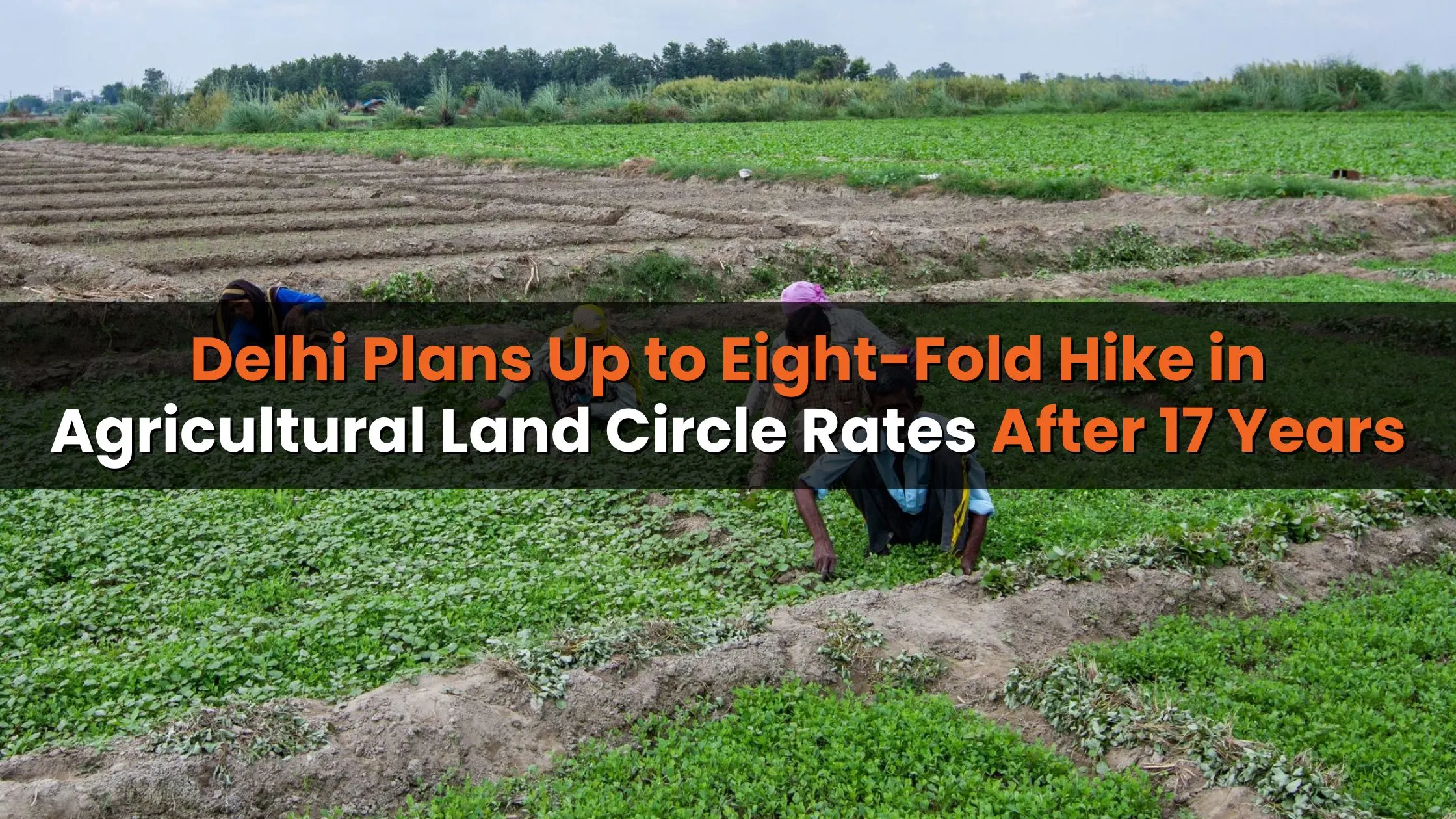
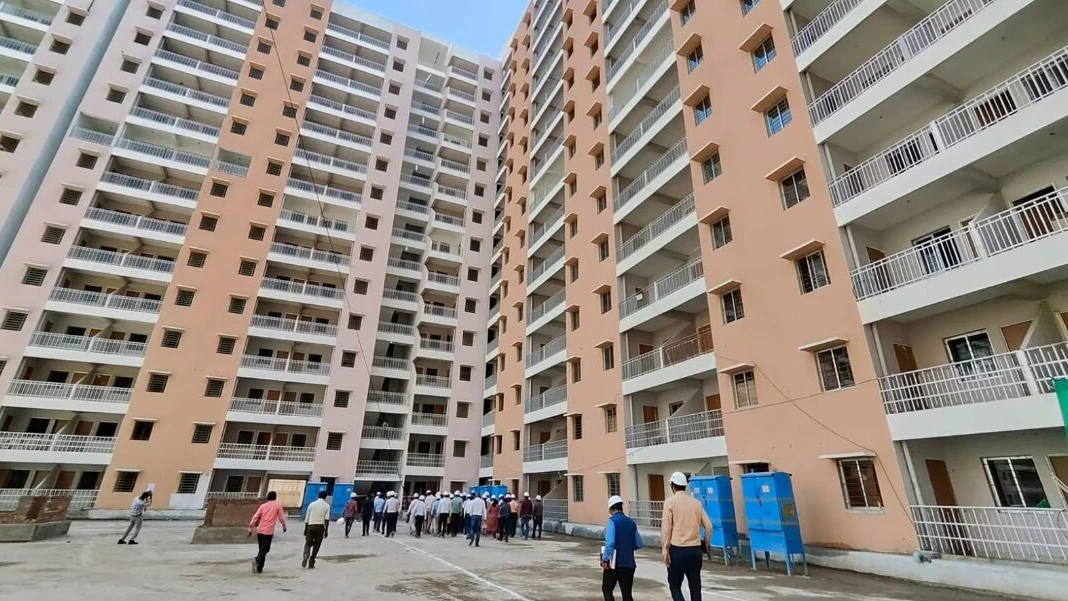
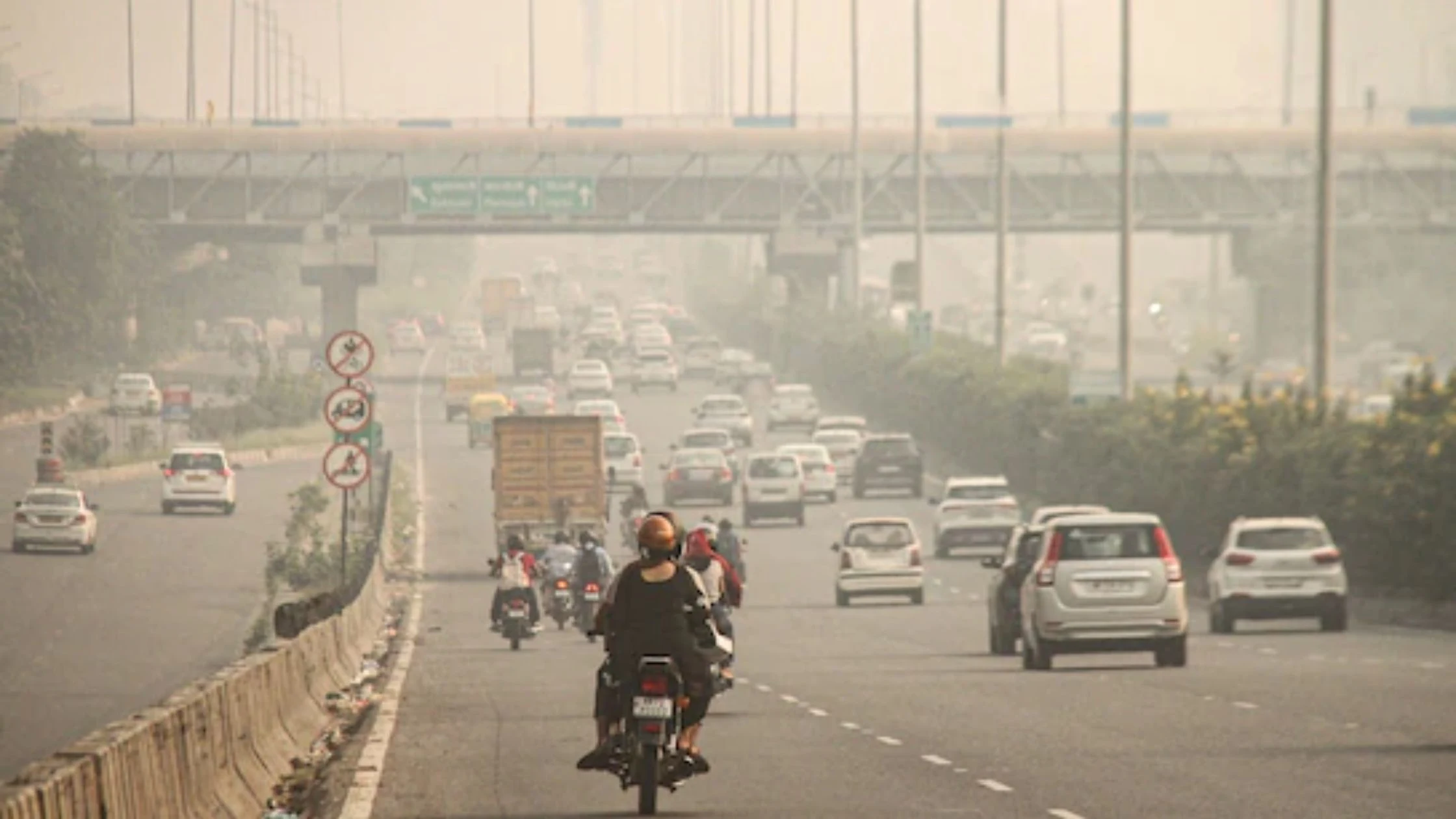
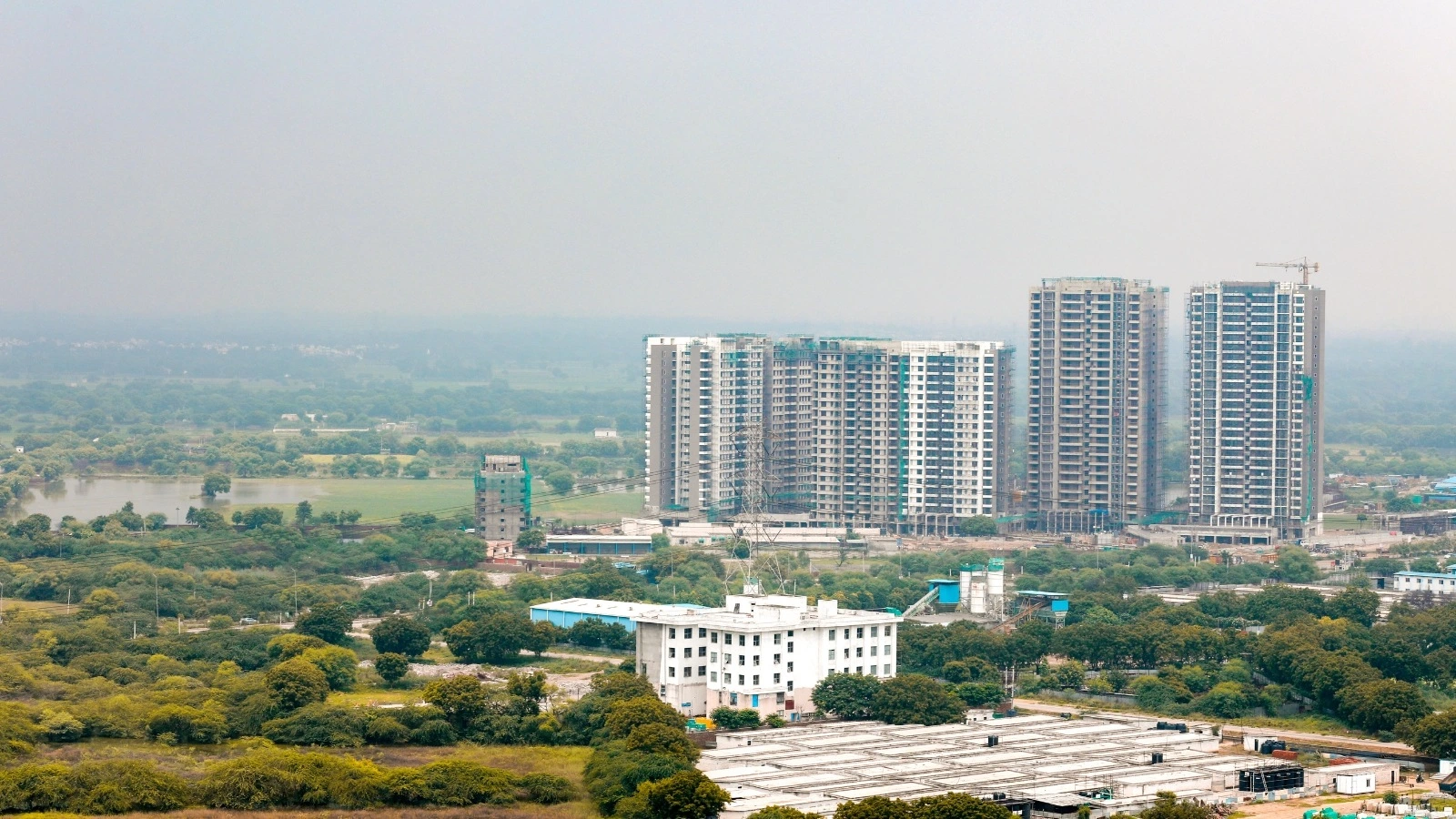

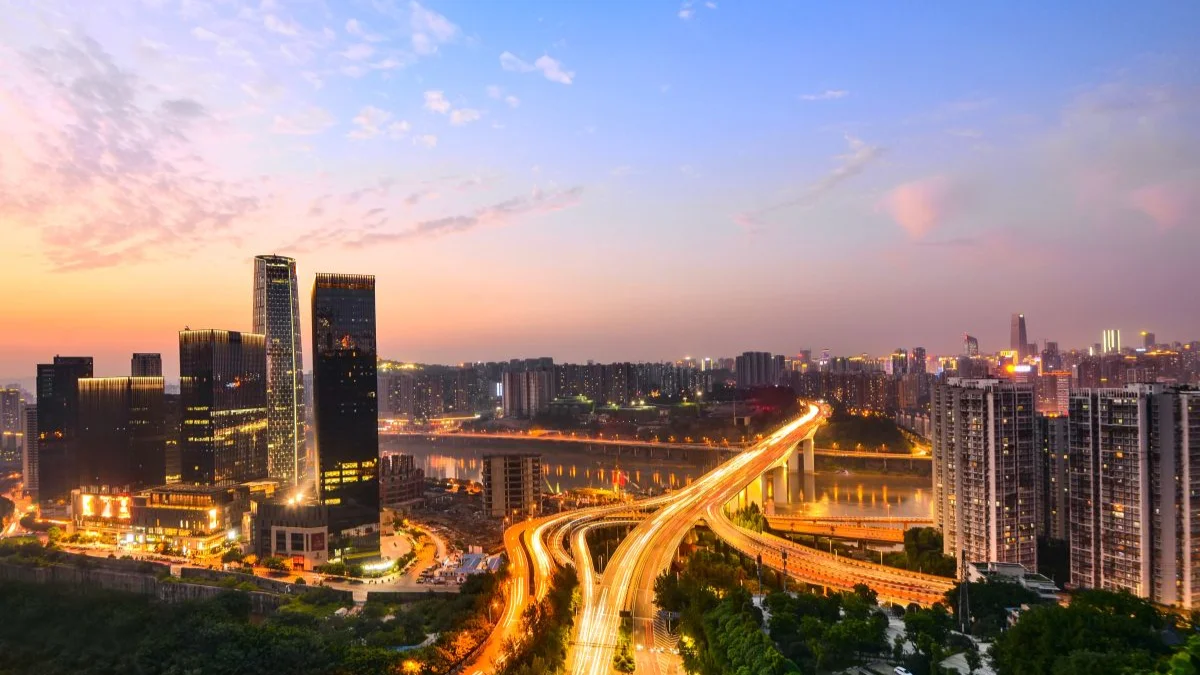
_1766133697.webp)
Ans 1. Indian residential market prices have stabilized, showing slower but sustainable growth, especially in mature markets like Delhi NCR, MMR, and Pune.
Ans 2. Bengaluru and Hyderabad are leading growth with a 5% price increase in Q1 2025, supported by robust infrastructure and economic development.
Ans 3. Prices in these cities have plateaued, with no significant changes from Q3 2024 to Q1 2025. Delhi NCR: ₹8,106 per sq ft MMR: ₹12,600 per sq ft Pune: ₹7,109 per sq ft
Ans 4. Strong infrastructure development, economic growth, and an influx of professionals are fueling demand for residential properties in these cities.
Ans 5. Developers are adopting a cautious approach to new launches, focusing on aligning projects with end-user demand and avoiding market overheating
Ans 6. Stabilized prices make homeownership more accessible, reducing the impact of speculative pricing and encouraging long-term participation from buyers.
Ans 7. Ahmedabad recorded a 3.8% price increase in Q1 2025. Kolkata experienced a 4% price increase during the same period.
Ans 8. No, the cooling is a sign of consolidation and stability, ensuring a predictable and sustainable market for developers, investors, and end-users.
Ans 9. The market is expected to see cautious growth and further consolidation, strengthening structural fundamentals and providing opportunities for long-term investment.
Ans 10. The stabilized prices and focus on end-user-centric projects make this an ideal time for buyers and investors to engage with the evolving and resilient market.